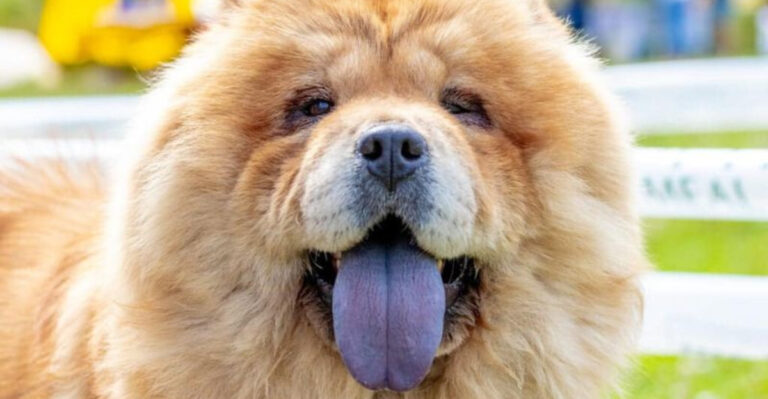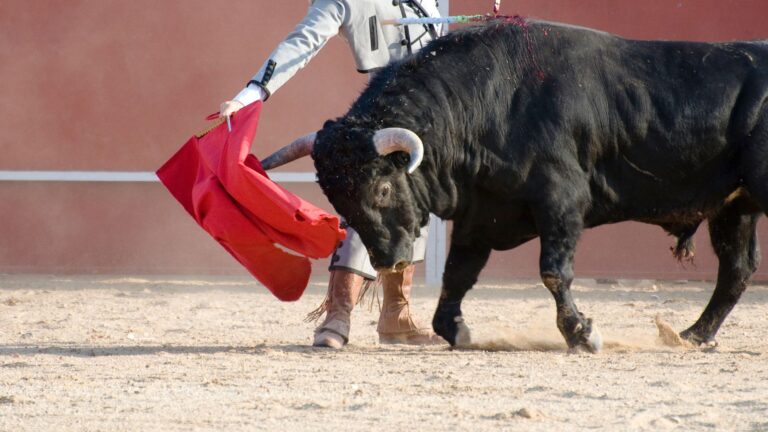14 Bad Dog Behaviors And How You Can Correct Them

Living with dogs brings endless joy, but it also comes with a few challenges. The good news is that most problematic behaviors stem from misunderstanding, boredom, or lack of training, and they can be improved.
With the right approach, you can turn frustration into progress and build a stronger bond with your pup.
1. Door Dashing
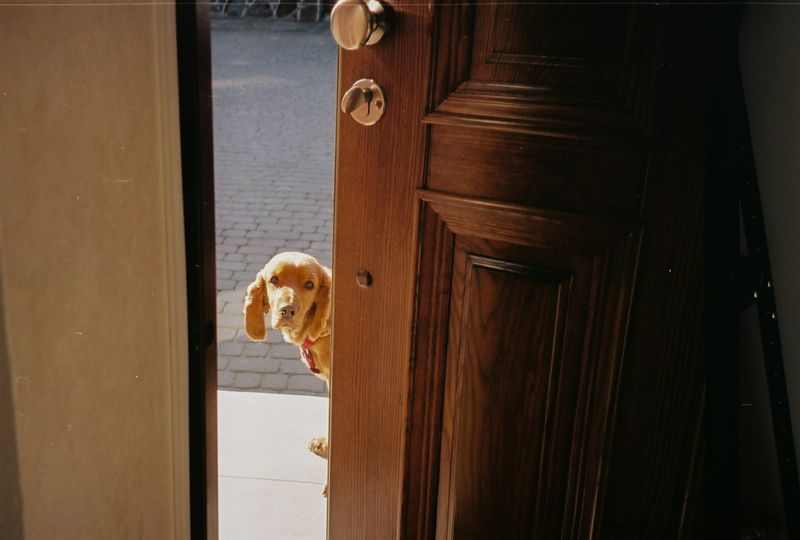
Many dogs can’t resist the urge to make a run for it when a door opens. This behavior, known as door dashing, can be both dangerous and stressful. Start by teaching your dog the ‘wait’ command to encourage patience.
Practice with supervised sessions, rewarding your dog for staying put. It’s also wise to install baby gates or barriers as a backup measure. Encouraging calm behavior through structured routines can help, too.
A safe environment and consistent reinforcement will transform your dog’s reaction to open doors, ensuring their safety and your peace of mind.
2. Attention-Seeking Whining

Whining for attention can be a common theme in many households. Dogs may whine to express needs or simply seek interaction. To handle this, first ensure your dog’s basic needs are met.
Avoid reinforcing whining by giving attention only when your dog is quiet. Instead, reward calm and settled behavior with praise or treats. Engaging your dog in regular play and exercise can reduce the desire to seek attention through whining.
3. Barking Excessively
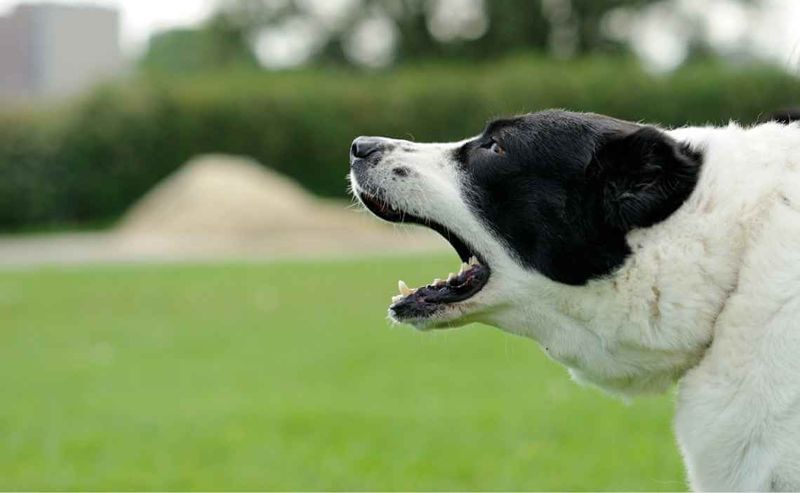
Excessive barking can be a nuisance, not only to you but to your neighbors as well. Understanding the cause is key. Dogs bark for various reasons, including boredom, fear, or as a way to communicate. Identifying the trigger is the first step in managing this behavior.
Training and consistency are your best allies. Teaching a ‘quiet’ command can work wonders. Reward your dog when they stop barking on command. Exercise is essential too. A tired dog is less likely to bark out of boredom.
If your dog is barking out of fear or anxiety, comforting them or removing them from the situation can help. Sometimes, professional training may be needed if the behavior persists. Patience and persistence will be your guiding lights in controlling this noisy habit.
4. Chewing Everything
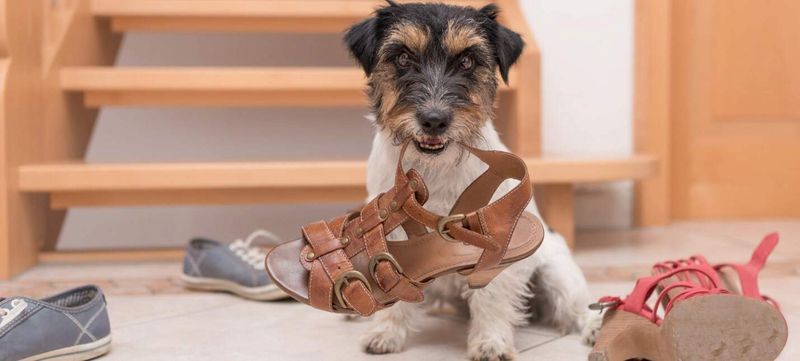
Chewing is natural for dogs, but when it becomes destructive, it’s a problem. Puppies explore the world with their mouths, while adult dogs might chew due to anxiety or boredom. Providing appropriate chew toys can redirect this behavior effectively.
Supervision is crucial, especially for puppies. If you catch them in the act, redirect them to a toy and praise them for chewing appropriately. Consistent training to understand what’s off-limits can curb unwanted chewing.
For adult dogs, increasing physical activity can reduce anxiety-induced chewing. Consider consulting a vet if the behavior stems from anxiety. Remember, patience and consistency are key in guiding your pet towards acceptable chewing habits.
5. Jumping Up
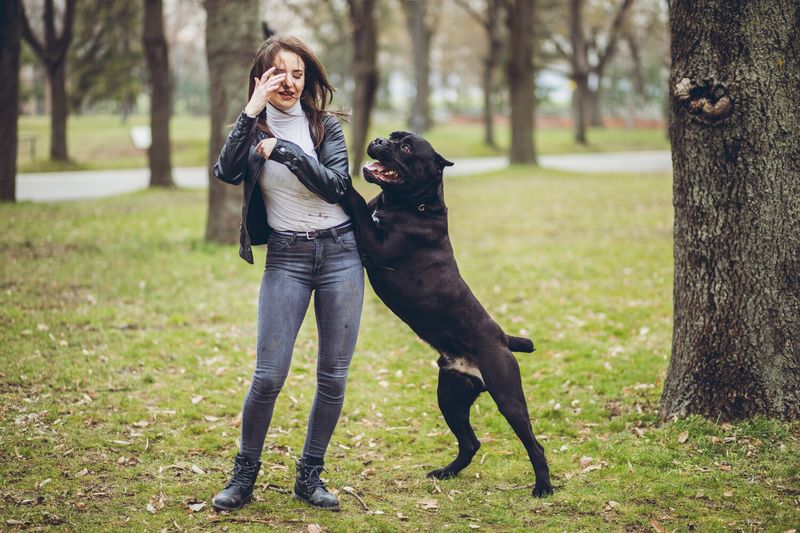
Jumping up is a common dog behavior often intended as a friendly greeting. However, it can be startling or even dangerous, especially for children or elderly guests. Teaching your dog an alternative way to greet people can be beneficial.
Consistency is crucial. Encourage your dog to sit when someone enters the house. Reward them for staying calm with treats or affection. Discourage jumping by turning away and ignoring the dog until they settle down.
Practice makes perfect. Involve friends or family in training sessions to create real-life scenarios. Over time, your dog will learn that calmness brings positive attention, and jumping does not. Patience will yield results in managing this behavior.
6. Pulling On Leash
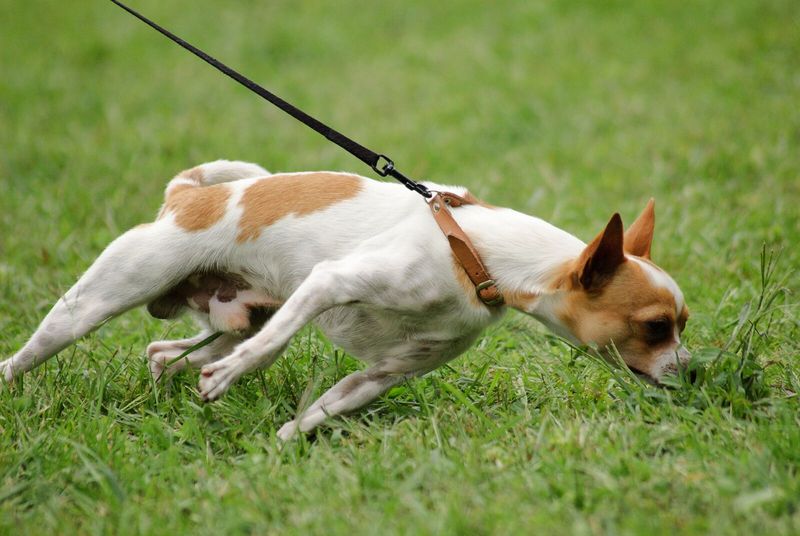
Leash pulling can make walk times stressful. Dogs pull to explore the world faster, but this can lead to dangerous situations. Teaching leash manners is essential for enjoyable walks. Start with a proper fitting harness or collar to ensure comfort.
Training focuses on rewarding loose-leash walking. Stop moving if your dog pulls and resume only when the leash is slack. Consistency in this method teaches them that pulling won’t get them further.
Consider using treats to reinforce good behavior. Slowly increase distractions and difficulty as your dog improves. With time and patience, walking together will become a pleasant experience for both you and your furry friend.
7. Begging For Food
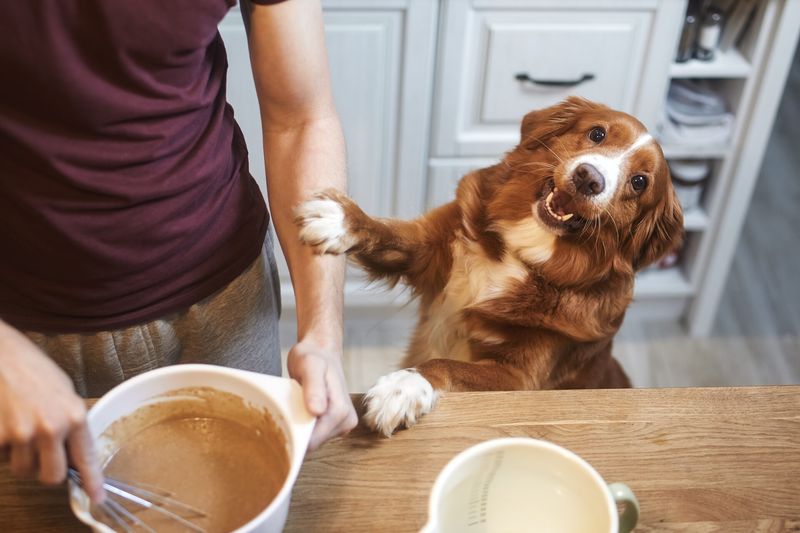
Begging can be hard to resist, but giving in reinforces the behavior. Dogs beg because it works; they know they might get a treat by looking cute. Breaking this habit requires consistency from all family members.
Feed your dog before your own meals so they’re less tempted by your food. Training them to stay in a designated spot during meals can prevent begging. Reward them for staying put with praise or a small treat afterwards.
Avoid giving in to their adorable looks. Consistency from everyone in the household is crucial. Over time, your dog will learn that begging doesn’t yield rewards, and they’ll focus on their own meals instead.
8. Digging Holes
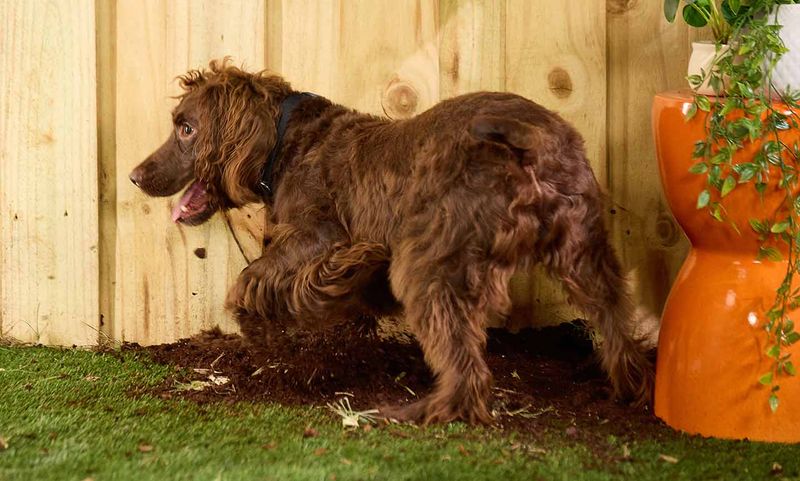
Digging is a natural behavior, but it can be destructive. Dogs dig for many reasons, such as boredom, hunting instincts, or to cool down. Understanding why your dog digs is the first step in managing this behavior.
Providing a designated digging spot can satisfy their instinct without damaging your garden. Encourage them to dig there by burying toys or treats. Exercise and mental stimulation can also reduce digging out of boredom.
If your dog digs to escape, ensure your yard is secure. Consistent training and patience will help guide your dog towards acceptable digging habits. Redirecting their energy and instincts is key to curbing this behavior.
9. Ignoring Commands
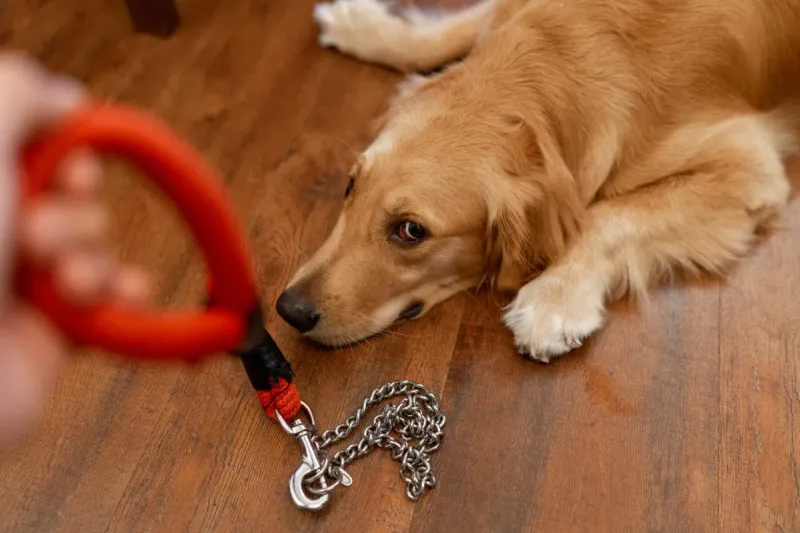
When dogs ignore commands, it can be frustrating and even dangerous. This behavior often stems from a lack of consistent training or distractions. Reinforcing training with patience and positive reinforcement is essential.
Start in a distraction-free environment and gradually introduce more challenging settings. Reward your dog for following commands with treats or praise. Consistency is key; practice daily to reinforce learning.
If your dog continues to ignore commands, consider enrolling in a training class for professional help. With time and effort, your dog will learn to respond reliably to your commands, making outings more enjoyable and safe.
10. Aggression Towards Other Dogs
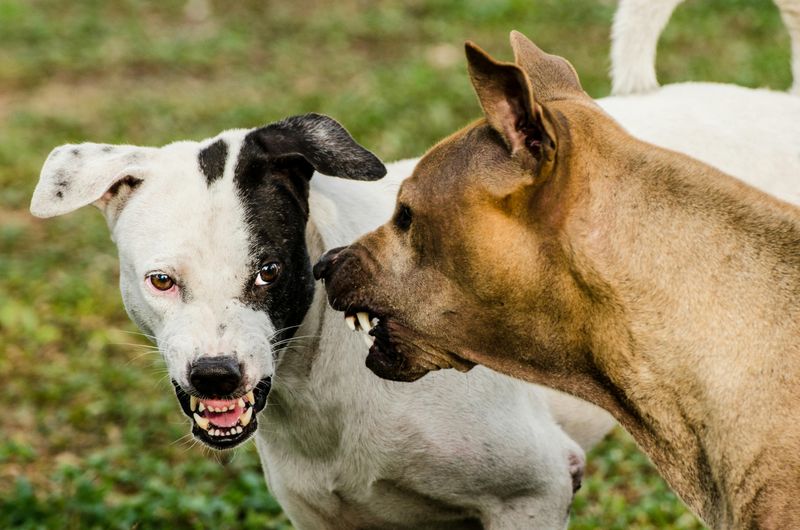
Aggression towards other dogs can be alarming and dangerous. This behavior can result from fear, lack of socialization, or territorial instincts. Identifying triggers is crucial for managing aggression effectively.
Socialization from a young age can prevent aggression. Controlled introductions to other dogs in neutral settings help build positive associations. If aggression persists, professional training may be necessary.
Leash training is important for controlling your dog in public spaces. Reward calm behavior around other dogs with treats or praise. With consistent training and patience, even aggressive tendencies can be addressed, ensuring safer interactions.
11. Chasing Cars Or Bikes
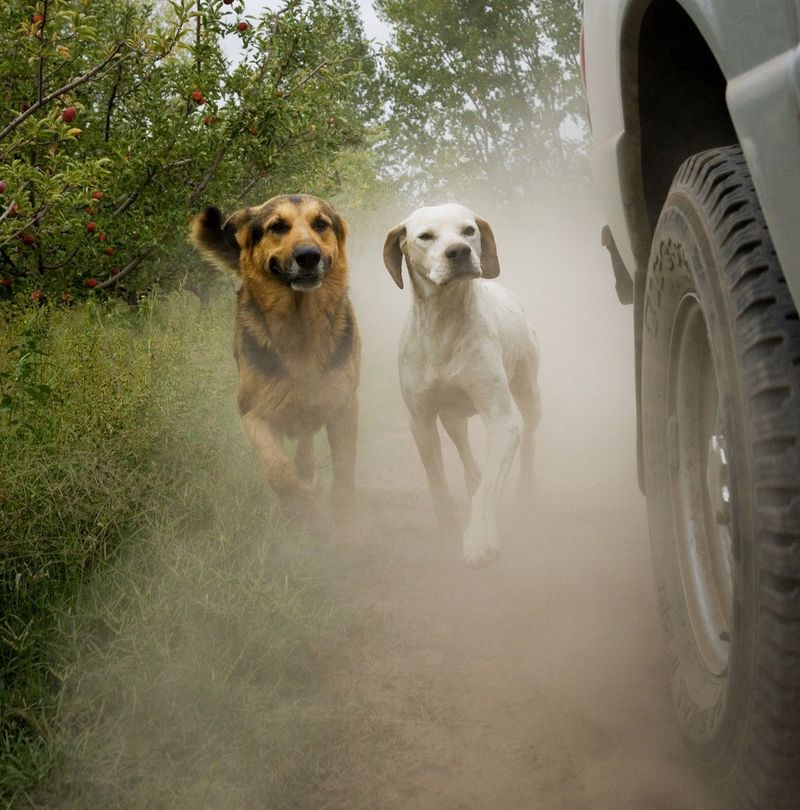
Chasing cars or bikes is a dangerous behavior that can lead to accidents. Dogs often chase due to instinct, excitement, or lack of training. Addressing this behavior is critical for their safety.
Training your dog to focus on you during walks can prevent chasing. Use a leash at all times and practice commands like ‘stop’ or ‘stay’ in a safe environment. Reward compliance with treats or praise.
Gradually introduce distractions like bikes or cars during training. If the behavior persists, seeking help from a professional trainer may be necessary. With patience and consistent training, your dog can learn to ignore moving vehicles.
12. Separation Anxiety

Separation anxiety is common, causing distress for dogs and damage to the home. Dogs with this condition become anxious when left alone, often showing signs like barking, whining, or destructive behavior.
Creating a comfortable, safe space for your dog can help ease anxiety. Gradually accustom them to being alone for short periods, slowly increasing the duration as they become more comfortable.
Providing toys or puzzle feeders can keep them occupied. If anxiety is severe, consulting with a veterinarian or a professional trainer might be necessary. With time and patience, your dog can learn to be calm and happy alone.
13. Stealing Food

Stealing food is a behavior often driven by opportunity. Dogs are naturally opportunistic and will take food if it’s within reach. Curbing this behavior involves managing the environment and training.
Keep food out of reach and supervise your dog in the kitchen. Teaching the ‘leave it’ command can be effective. Reward your dog when they obey and ignore food temptations.
Providing regular, satisfying meals can reduce the urge to steal food. Consistency in training and managing your dog’s environment will help eliminate this behavior, ensuring a more harmonious home life.
14. Resource Guarding

Resource guarding can be dangerous, especially if it leads to aggression. Dogs guard food, toys, or even people due to insecurity or fear of losing valuable resources. Understanding this behavior is crucial for addressing it effectively.
Gradual desensitization can help. Start by offering treats while your dog is near the guarded item. This teaches them that your presence is not a threat. Avoid taking items away abruptly, as this can reinforce guarding.
Professional training may be needed for severe cases. With patience and understanding, you can help your dog feel secure and reduce the need to guard resources, ensuring a safer relationship.



